Author: Mrs A
Monday – location: Emerald, Queensland
We left Barcaldine and continued our journey east along the Capricorn Highway, and with it the landscape began to change. The flat treeless plains gave way to hills and forestry and we began to climb into the Great Dividing Range.
We stopped for a break at the bizarrely named Bogantuncan, once home to about 28 pubs, but now just a smattering of old houses and a historical train station. It was a nice spot to stretch our legs before we continued on. Before long we were seeing signs for Rubyvale and Sapphire, and finally our destination for the evening in Emerald. Yes, you guessed it, we are in the gemfields, but not having a go at fossicking this time. That would involve attention to detail and patience, not Mr A’s strengths!
Before long we were seeing signs for Rubyvale and Sapphire, and finally our destination for the evening in Emerald. Yes, you guessed it, we are in the gemfields, but not having a go at fossicking this time. That would involve attention to detail and patience, not Mr A’s strengths!
This area was formed around 70 million years ago, with around 80 extinct volcanic peaks around the region.
We set up camp in a big field, nice and peaceful if nothing else going for it – we paid $15 for the privilege – worth it compared to the packed free-camp on the edge of town we spotted – metres from the main highway with road-trains thundering past and with a bridge overhead carrying freight trains…no thank you!
Tuesday – location: from Emerald to Cania Gorge, Queensland
It was a very cold start to the day, with temperatures around zero first thing, and by the time we pulled away around 7.30am had reached the dizzying heights of 3 degrees. We had a long drive today so wanted to get a good start.
After an hour or so of driving we stopped in the town of Blackwater for some groceries and fuel, and then continued towards Biloela and down to the tiny Cania Gorge National Park.
The landscape continued to change as we drove, becoming the rich agricultural lands of Channel Country and then to a winding road through forested national park and state forest.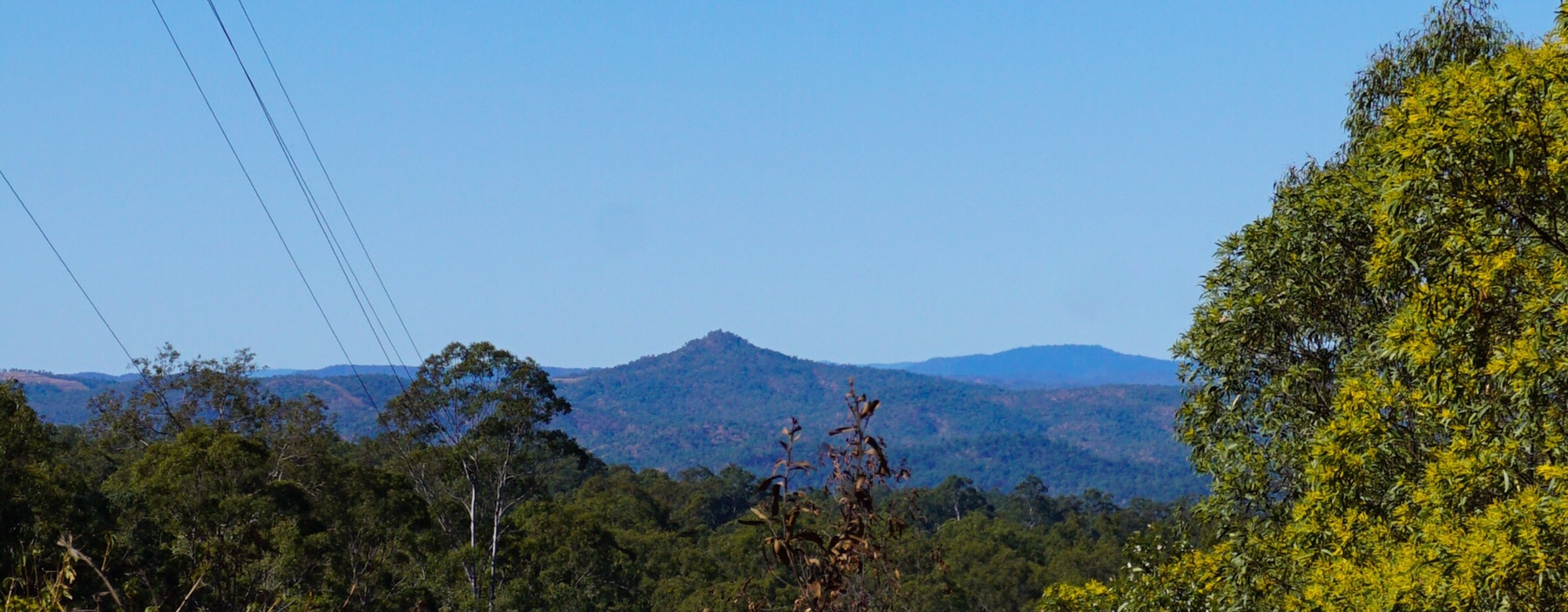 Looking at the map, it would be easy to miss little Cania Gorge. It sits about 150km from the coast inland from Gladstone, and like Carnarvon National Park has deep sandstone gorges and apparently a healthy population of platypus. We had been recommended this location by two separate friends who are or have been in the past local to this area, so thought it would be crazy to miss it.
Looking at the map, it would be easy to miss little Cania Gorge. It sits about 150km from the coast inland from Gladstone, and like Carnarvon National Park has deep sandstone gorges and apparently a healthy population of platypus. We had been recommended this location by two separate friends who are or have been in the past local to this area, so thought it would be crazy to miss it.
Pulling into the bushland caravan park, we are as close to the National Park and its multitude of walks as possible – they start literally metres from our front door. It’s so lovely to be in a bushland setting again, particularly at this time of year. The acacia flowers are blooming yellow, providing a spectacular display as well as a beautiful perfume wherever you go – we’re looking forward to doing some walks in the next couple of days.
The campground is home to many birds, and 4pm sees the owners putting out lorikeet food, seeds and peanuts to attract them to the visitors. We popped along for a look, spotting rainbow lorikeets, pink cockatoos, king parrots, Australian magpies, kookaburras, crows, blue-faced honeyeaters and more.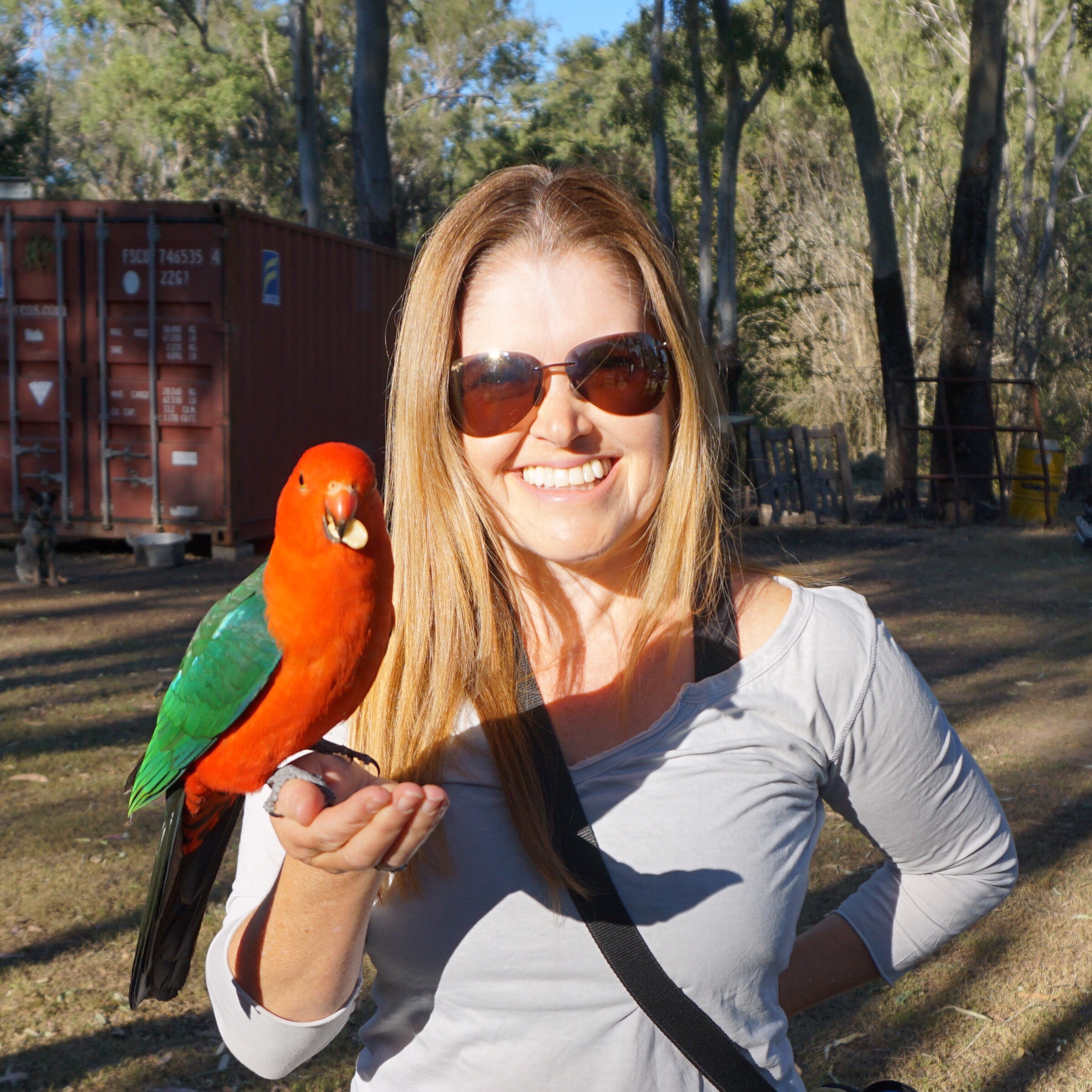
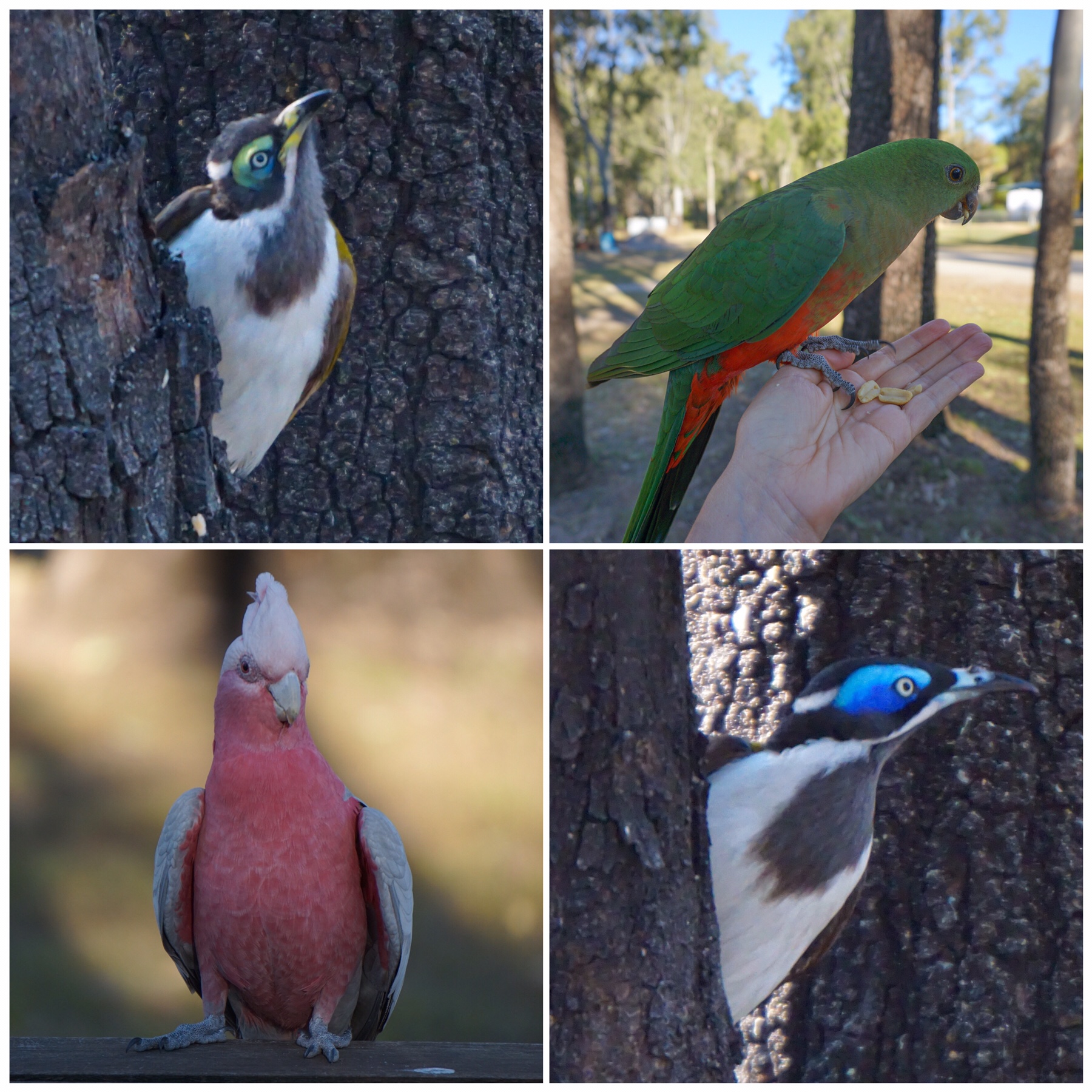
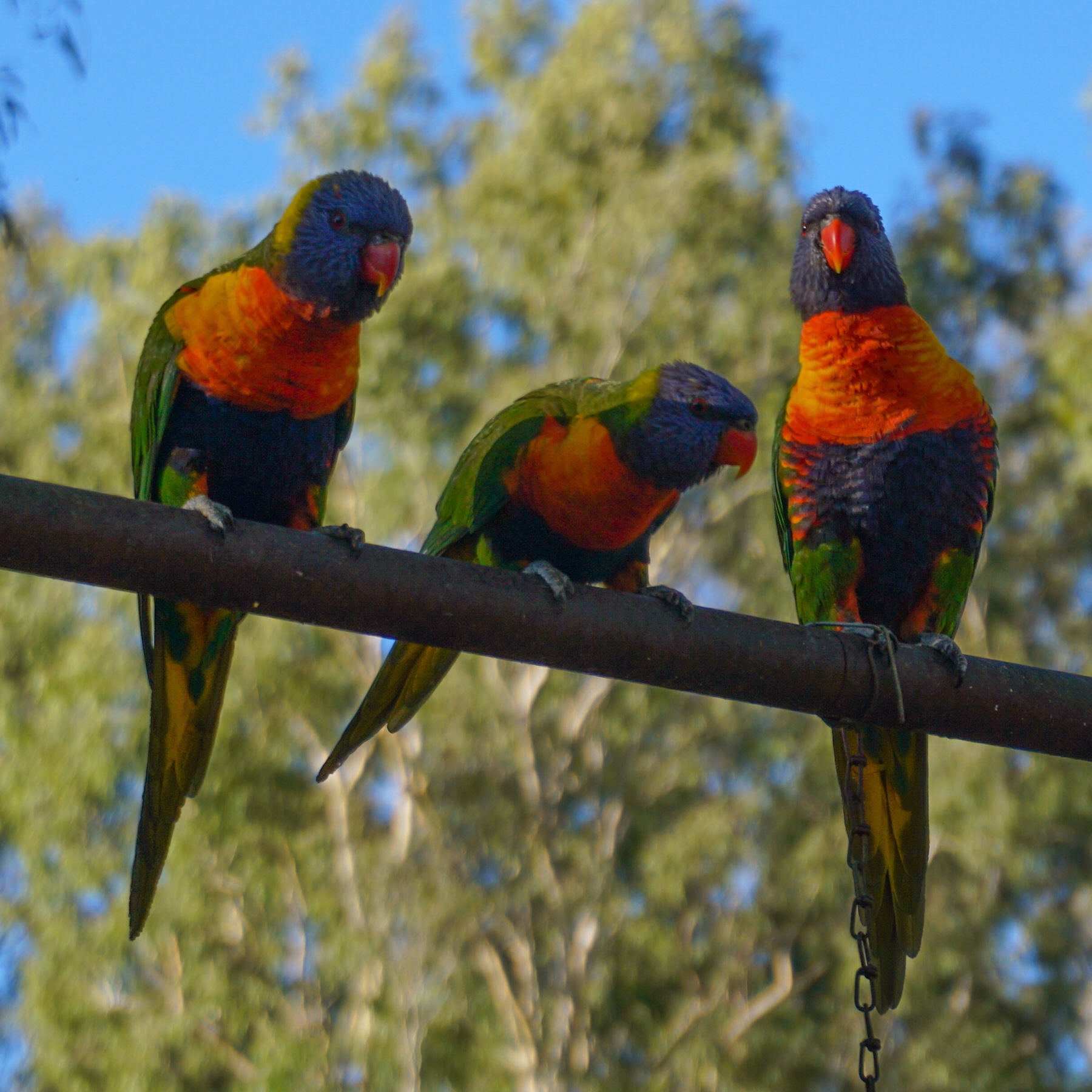
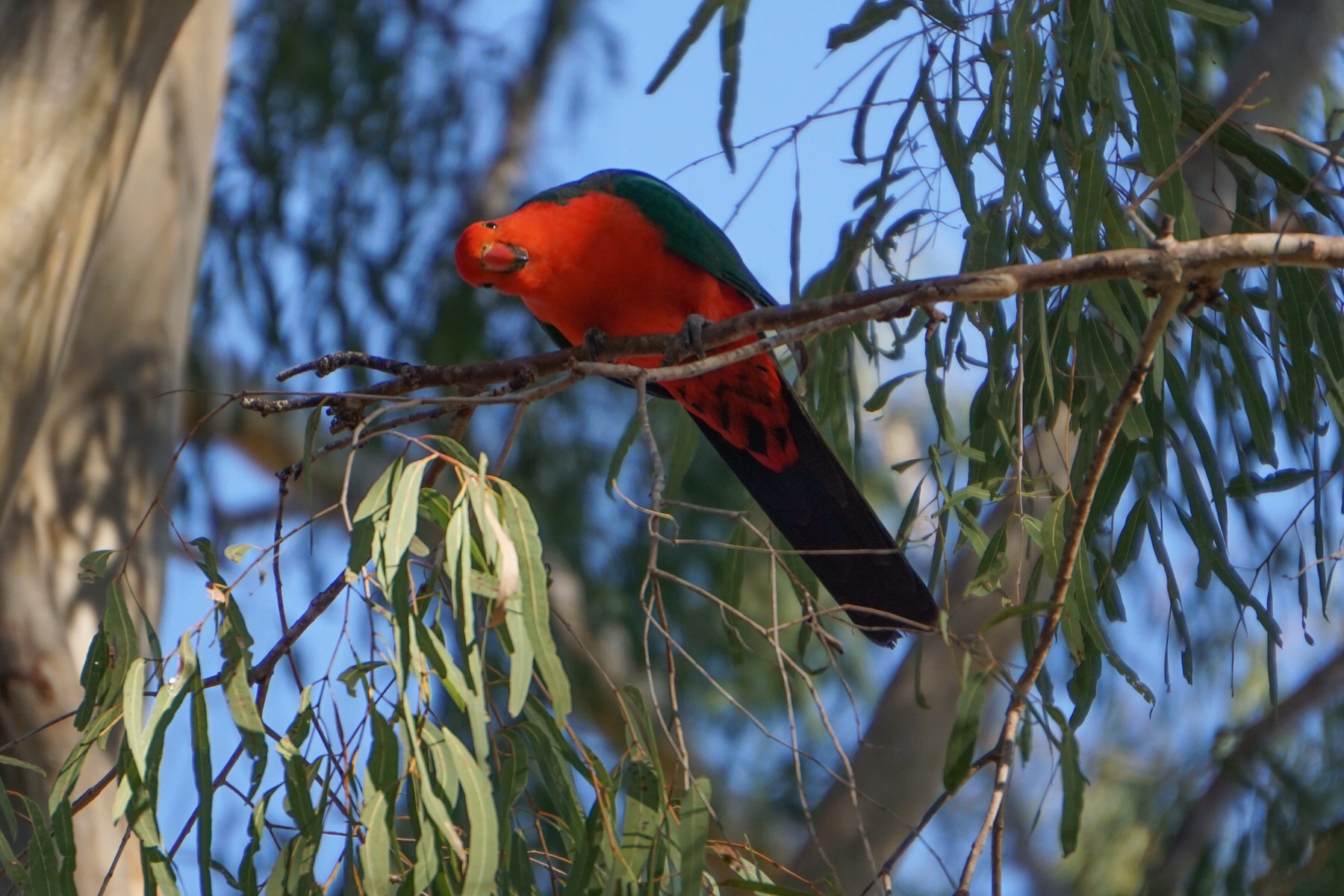
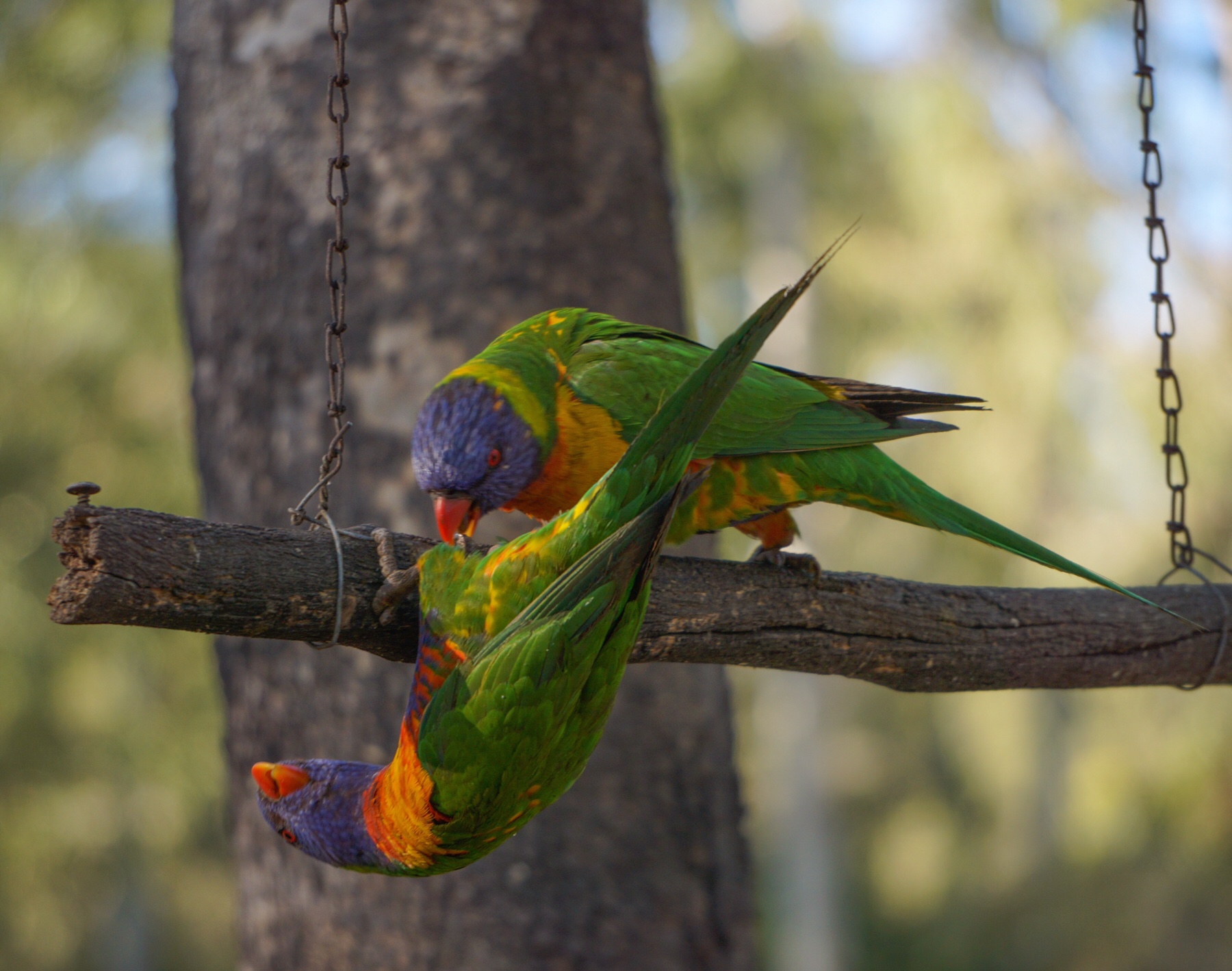 A short cycle along the road allowed us to learn more about the multitude of wild creatures living here, many rare and endangered, and the evidence of 19,000 years of Aboriginal habitation in the gorge. Incredible. Already it feels like a very special place.
A short cycle along the road allowed us to learn more about the multitude of wild creatures living here, many rare and endangered, and the evidence of 19,000 years of Aboriginal habitation in the gorge. Incredible. Already it feels like a very special place.
